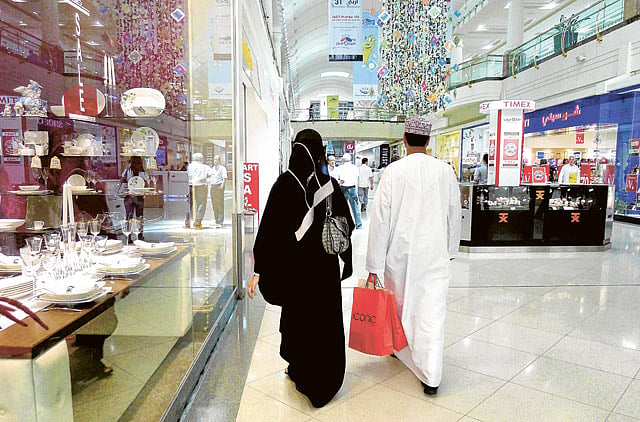Growth in UAE economy to outshine those of other Gulf countries, thanks to non-oil sector
Comfortable fiscal position supports greater government spending

Also In This Package
Dubai: The UAE’s economic growth in 2019 is projected to top overall growth across the Gulf Cooperation Council (GCC) region, largely driven by non-oil growth supported by pick up in government spending, according to latest forecasts from the Institute of International Finance (IIF).
“We expect growth to pick up from 2.9 per cent in 2018 to 3.2 per cent in 2018, supported by the stimulus package of $13.6 billion [Dh49.9 billion] (3.1 per cent of GDP) introduced in June 2018 for a period of three years,” said Garbis Iradian, chief economist of IIF Middle East and North Africa (Mena) .
While the UAE’s Purchasing Managers’ Index (PMI) has increased in recent months, and year-on-year growth in deposits and credit is accelerated to 8.2 per cent and 4.7 per cent, respectively, in January 2019, the highest among GCC countries.
Continuing decline in residential prices both in Dubai and Abu Dhabi are seen as a risk to both non-oil growth and banking sector asset quality.
“Rents have fallen by about 20 per cent in the past three years, and we expect the declines to continue in 2019, albeit at a slower pace, as job growth remains low and new housing becomes available,” said Iradian.
With relatively high concentration of loans (about Dh300 billion) to the real estate sector in the UAE, that accounts for approximately 20 per cent of total loans and about Dh100 billion worth of mortgages (about 7 per cent of total loans), further decline in real estate prices are expected to have asset quality and credit quality implications for the banking sector.
“We think residential real estate prices could decline by 10 per cent to 15 per cent in 2019 and a further 5 to 10 per cent in 2020. In this case, we see no upside for Dubai residential real estate prices in 2021, as we expect it will take a while for the market to absorb oversupply,” said Sapna Jegtiani, a credit analyst with S&P.
Fiscal space
The IIF expects, despite the pressure on oil prices, the UAE can afford a modest expansionary fiscal stance in the next few years given its large financial buffers and relatively low government debt.
“We project a small fiscal deficit for 2019 and 2020. The external position remains in an enviable position. With lower oil exports, we expect the current account surplus to narrow to a still-sizable $30 billion in 2019, equivalent to 7 per cent of GDP. We expect public foreign assets to continue increasing to 200 per cent of GDP by 2020,” said Iradian.
The UAE’s growth model has delivered strong economic development, as indicated by an average non-oil growth of 6.4 per cent from 2000-2015. This rapid growth has been spurred by a substantial increase in foreign labour; higher productivity levels and limited progress towards economic diversification.
Sign up for the Daily Briefing
Get the latest news and updates straight to your inbox
Network Links
GN StoreDownload our app
© Al Nisr Publishing LLC 2025. All rights reserved.